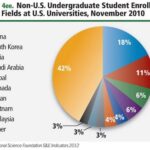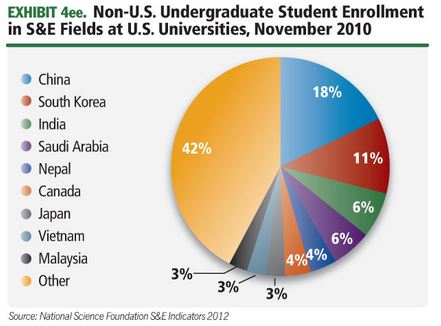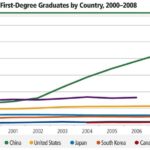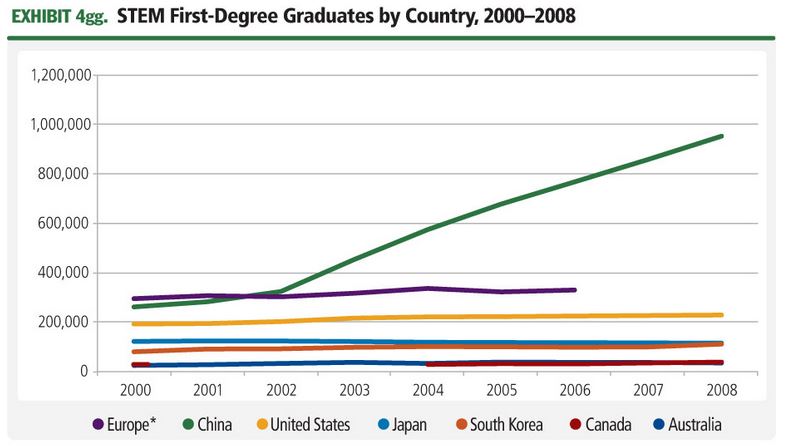South Korea
2012 – South Korean Government Space Budget
In calendar year 2012, South Korea spent an estimated ## billion won (US$## million) on civil space, a ##% decrease from the 2011 budget of ## billion won (US$## million). South Korea’s 2012 civil space spending constituted approximately ##% of the country’s ## trillion won (US$## billion) national budget. South Korean civil space activities are carried out primarily by the Korea Aerospace Research Institute (KARI).
2012 – Government Space Budgets Overview
Government space programs accounted for approximately $## billion in spending during 2012, representing ##% of the global space economy. Government investment in space grew by ##% in 2012, a rate lower than the average annual ##% growth rate between 2008 and 2012. The top-line figures, however, do not fully depict how some countries have significantly increased space spending while others have made cuts, as shown in Exhibit 2o below. Governments do not all operate under the same fiscal cycle, so international space spending numbers were derived…
2012 – Demographics
Considering the number of doctoral degrees earned in science and engineering, the European Union has the greatest proportion, followed by China and the United States. As with first university degrees, China has been rapidly increasing the number of doctoral science and engineering degrees granted since the early 2000s.
2012 – Demographics


Universities in the United States attract a large number of foreign students. The largest proportion of these students comes from China, followed by South Korea and India. Retaining these highly trained graduates is important, particularly at a time when global competition for this talent is increasing. . .
2012 – Top-level Trends


Science and engineering education provides the advanced skills required for a competitive space workforce. It also cultivates the expertise needed for research and innovation. Understanding trends in the production of highly skilled scientists and engineers can provide an indication of long-term prospects for the space workforce.
2012 – Other Space Employment
There are more than 50 countries with space programs in all regions of the world. Although it is not possible to get detailed statistics on many of these groups from year to year, it is possible to gather estimates that give some indication of overall size. Exhibit 4w provides estimates of the size of the space workforce in a variety of national space agencies.
2012 – Building Space Infrastructure and Achieving Mission Objectives Within Reduced Budgets
Today, nations are under pressure to replace aging satellite infrastructure while continuing to deploy new satellite systems and achieve the related mission objectives within the constraints of tighter budgets. The situation is particularly challenging in the United States, where all government agen… Thank you for visiting The Space Report! The Authoritative Guide to Global Space…
2012 – Other Countries, Launch, Payload
In 2012, several smaller countries and organizations demonstrated their ability, or at least ambitions, to conduct an orbital space launch. The privately held Sea Launch company, which focuses on deploying commercial communications satellites to geosynchronous orbit (GEO), declared bankruptcy in 2010.